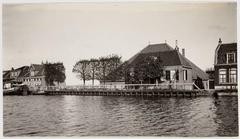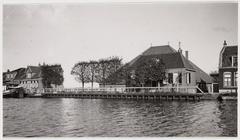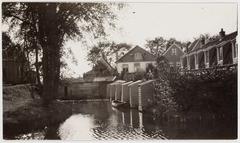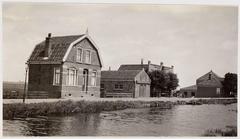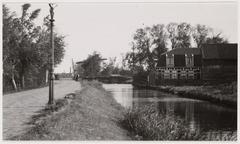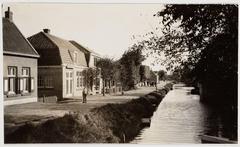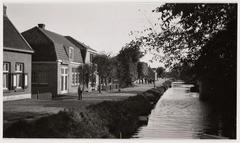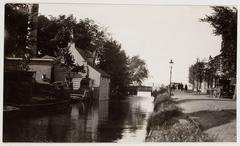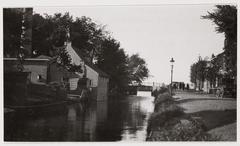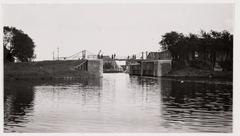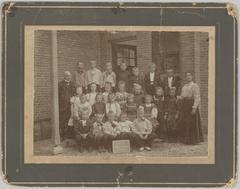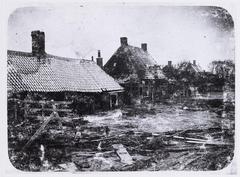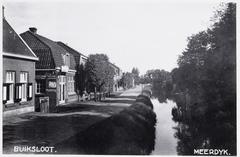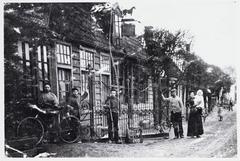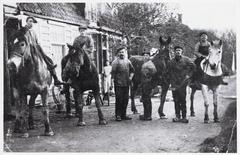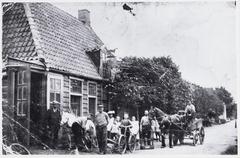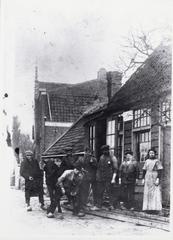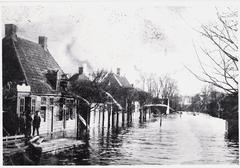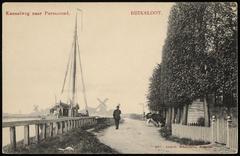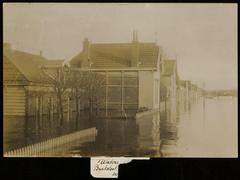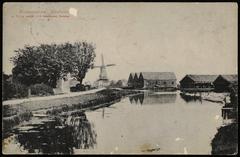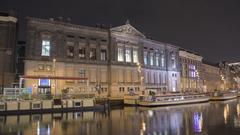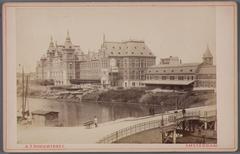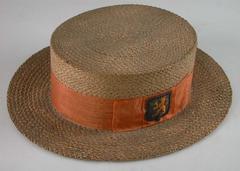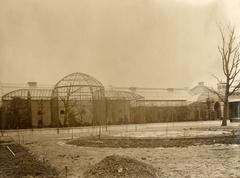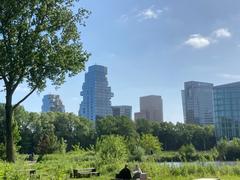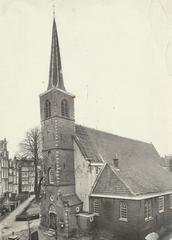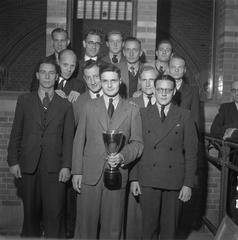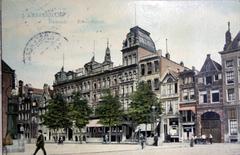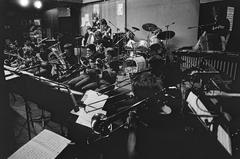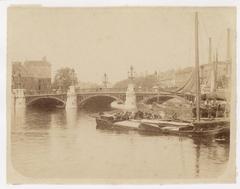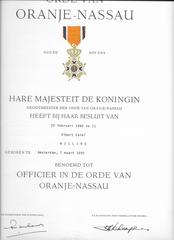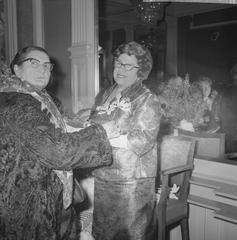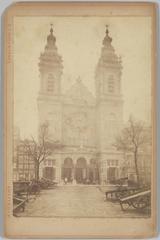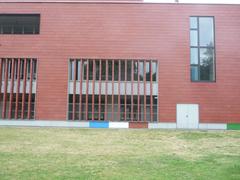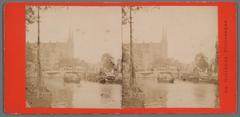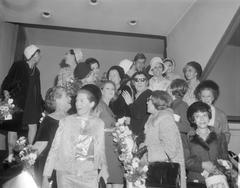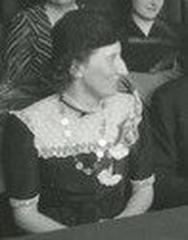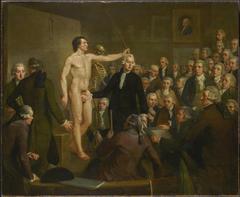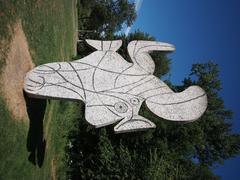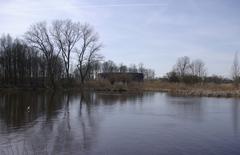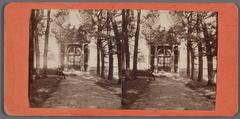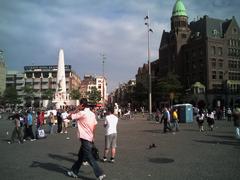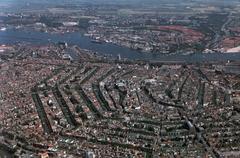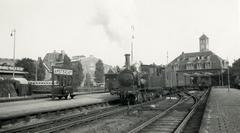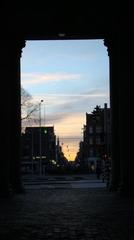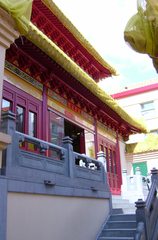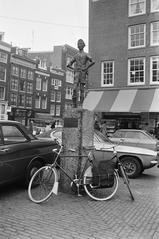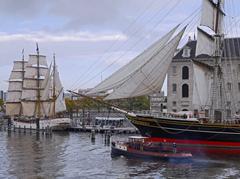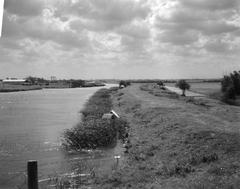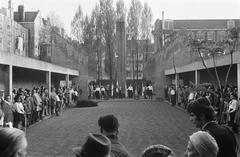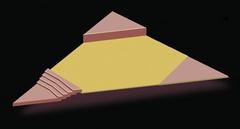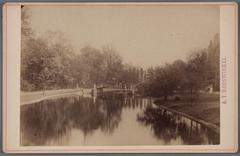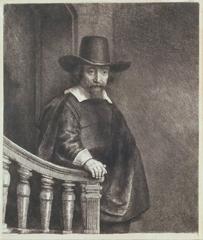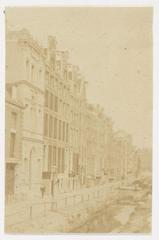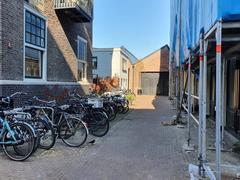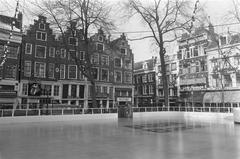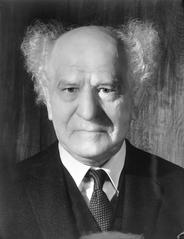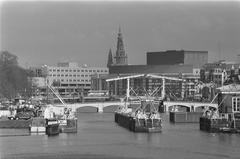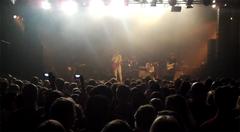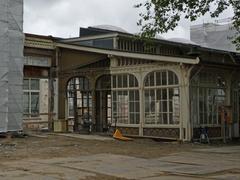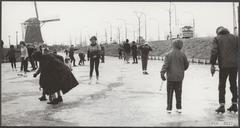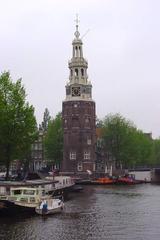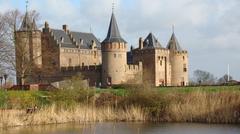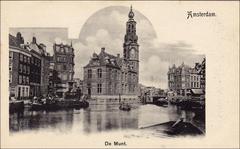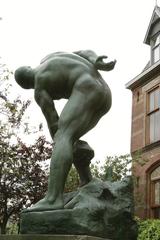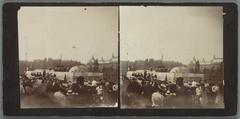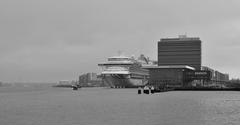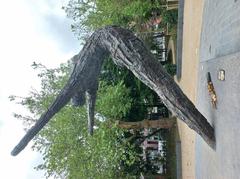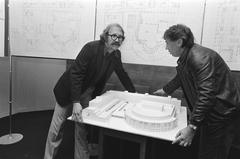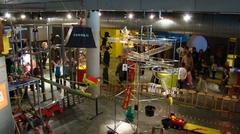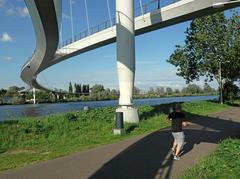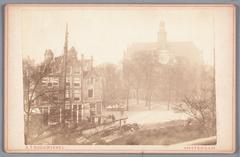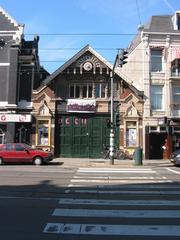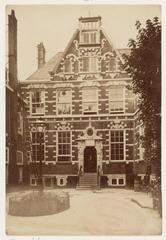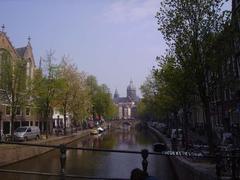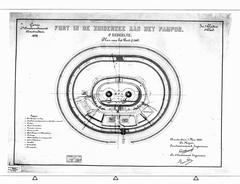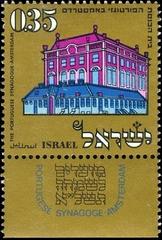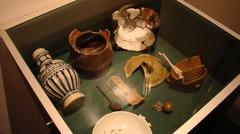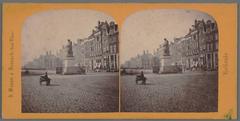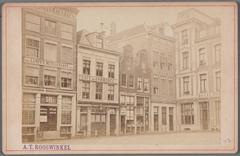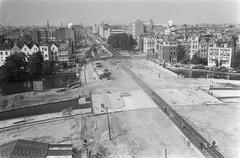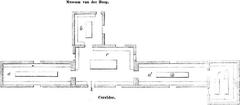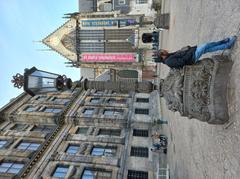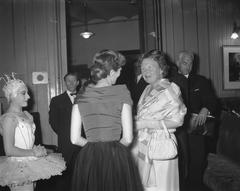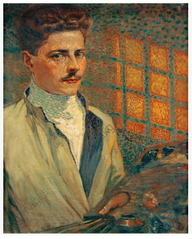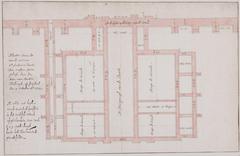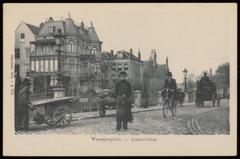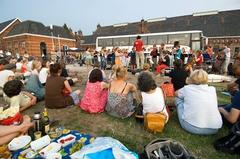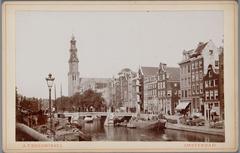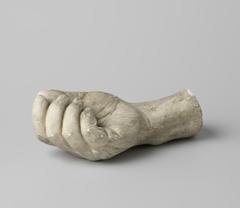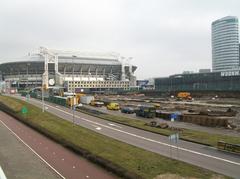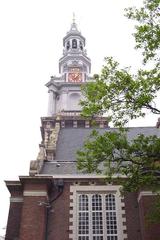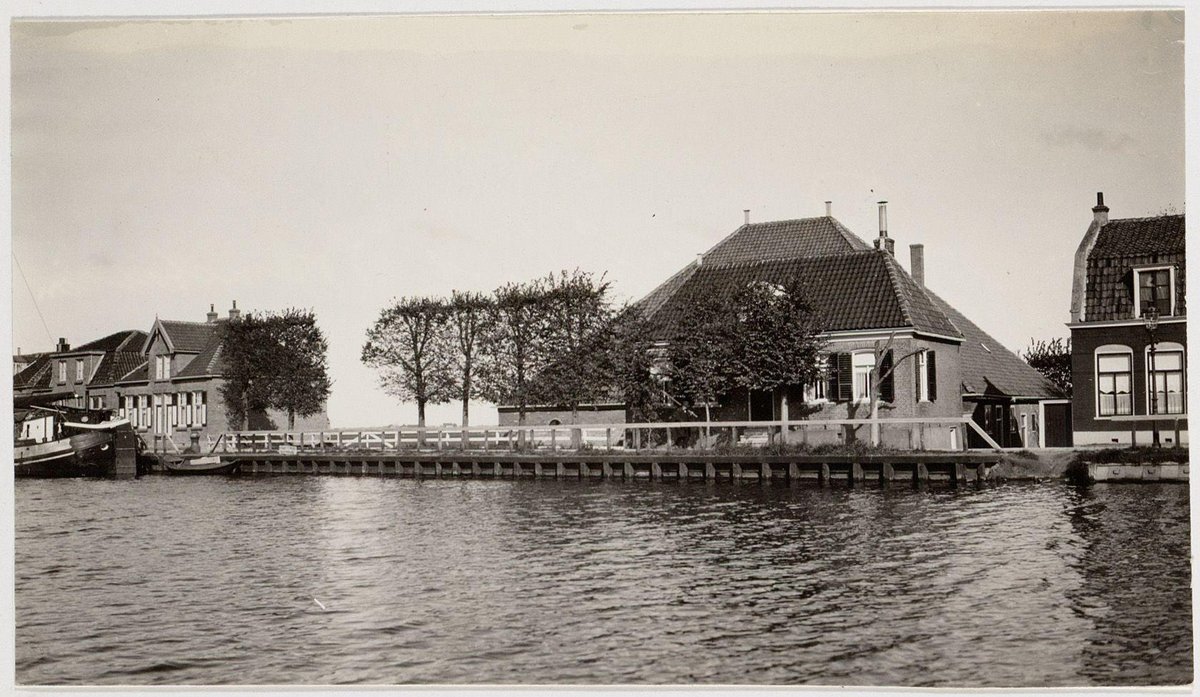
Buikslotermeerdijk Amsterdam: Visiting Hours, Tickets, and Travel Guide
Date: 14/06/2025
Introduction to Buikslotermeerdijk
Located in the heart of Amsterdam-Noord, Buikslotermeerdijk stands as a living testament to the city’s deep-rooted relationship with water management, urban transformation, and community heritage. Originally built as a protective dike after the drainage of the Buikslotermeer polder in 1627, the area has evolved from rural farmland into a modern urban district that harmoniously blends historic architecture with contemporary culture and sustainability. Visitors are drawn to Buikslotermeerdijk for its scenic cycling and walking routes, preserved farmhouses, and the iconic Buiksloterkerk—a restored historic church now serving as a vibrant venue for concerts and community gatherings.
This guide provides everything you need to plan your visit, including up-to-date information on visiting hours, ticketing, accessibility, transport, and the best times to explore. You’ll also find tips for nearby attractions like the NDSM Wharf, EYE Filmmuseum, and the A’DAM Lookout, all easily accessible by public transport such as the Noord/Zuidlijn metro and free ferry services. Whether you’re a history buff, culture enthusiast, or a traveler seeking green spaces and local life, Buikslotermeerdijk offers a distinctive Amsterdam experience. For the latest events and details, consult official resources such as the Buiksloterkerk website and the I amsterdam Culture Guide.
Contents
- Introduction
- Historical Background and Urban Development
- Visiting Buikslotermeerdijk: Hours, Tickets, and Accessibility
- Buiksloterkerk: Visiting Hours, Tickets, and Heritage
- What to See and Do
- Getting There
- Nearby Attractions
- Visitor Tips and Practical Information
- Local Events and Community Life
- Frequently Asked Questions (FAQ)
- Conclusion & Recommendations
- Sources
Historical Background and Urban Development
From Polder to Urban District
Buikslotermeerdijk’s story begins with the Buikslotermeer, a 340-hectare lake drained in 1627—an early example of Dutch engineering to reclaim land from water. The dike protected the polder from flooding, enabling agriculture and the growth of rural communities (amsterdamguiden.nu). Major floods in 1825 and 1916, as well as further land reclamation, set the stage for the area’s gradual transformation.
In 1921, Buikslotermeerdijk was incorporated into Amsterdam, marking the start of its urbanization. The post-war era saw the construction of residential complexes such as Het Breed and the Loenermark flats, and the establishment of Buikslotermeerplein as a commercial hub. Infrastructure improvements, including the Nieuwe Leeuwarderweg and the Noord/Zuidlijn metro, have since made Buikslotermeerdijk a well-connected and thriving part of the city (destination.amsterdam).
Sustainable Urban Living
Buikslotermeerdijk is a showcase of Amsterdam’s commitment to sustainability. Features such as blue-green roofs, green spaces, and cycling infrastructure are integrated into the district’s design. The area continues to evolve through projects like Centrum Amsterdam Noord, which emphasizes mixed-use development and eco-friendly initiatives.
Visiting Buikslotermeerdijk: Hours, Tickets, and Accessibility
- Visiting Hours: The dike and public spaces are accessible 24/7 year-round. Daytime visits are recommended, especially from late spring to early autumn for optimal weather.
- Tickets: There is no entrance fee to Buikslotermeerdijk itself.
- Guided Tours: Several Amsterdam-Noord walking and cycling tours feature Buikslotermeerdijk. Refer to local tour operators for current offerings.
- Accessibility: The area is well-equipped for wheelchair users and strollers, with smooth pedestrian and cycling paths.
Buiksloterkerk: Visiting Hours, Tickets, and Heritage
The Heart of Buikslotermeerdijk
Buiksloterkerk (or Buiksloterkerkje) is a historic church that has been restored and reimagined as a cultural and community center. Saved from neglect by local residents, it now hosts concerts, markets, and festivals (Buiksloterkerk).
- Visiting Hours: Open to the public on Wednesdays from 10:00 to 12:00. Entry is free and does not require tickets during these hours.
- Special Events: Concerts and festivals may require advance tickets; always check the Buiksloterkerk Events page for details.
Architectural Heritage
The dike is lined with classic Dutch houses from the 18th and 19th centuries, contrasting beautifully with modern developments nearby. Strolling or cycling along the dike, visitors enjoy the unique juxtaposition of old and new.
What to See and Do
- Historic Farmhouses and Monuments: Discover remnants of rural life, preserved farmhouses, and municipal monuments along the dike.
- Scenic Walks and Cycling: Well-marked trails offer panoramic views of the polder landscape and city skyline.
- Local Markets and Festivals: Look out for the Stekjesmarkt (plant market), Christmas events, and summer festivals centered around Buiksloterkerk.
- Noorderpark: Just a short walk away, this expansive park offers playgrounds, open-air performances, and summer picnics (I amsterdam Culture Guide).
Getting There
- By Metro: Take the Noord/Zuidlijn (Metro 52) to Noord Station for fast access from Amsterdam Centraal (lonelyplanet.com).
- By Ferry: The free Buiksloterweg ferry connects Amsterdam Centraal with Amsterdam-Noord 24/7, arriving within minutes of Buikslotermeerdijk.
- By Bike: Amsterdam’s cycling infrastructure makes biking the preferred way to explore the area. Bike rentals are available near the ferry terminal and across Noord.
- By Car: Limited parking is available; public transport or cycling is recommended. If driving, consider Park & Ride facilities (Wikipedia).
Nearby Attractions
- NDSM Wharf: A creative hub with artist studios, street art, and Europe’s largest flea market (IJ-Hallen Flea Market).
- EYE Filmmuseum: Modern architecture, film exhibitions, and screenings on the IJ riverbank (EYE Filmmuseum).
- A’DAM Lookout: Observation deck with panoramic city views and Europe’s highest swing (A’DAM Lookout).
- WONDR Experience & Nxt Museum: Interactive art and media venues offering immersive exhibitions.
Visitor Tips and Practical Information
- Best Time to Visit: Late spring to early autumn is ideal for pleasant weather and outdoor events.
- Amenities: Cafes and restaurants are located nearby in Amsterdam-Noord. Public restrooms can be found in shopping centers and parks.
- Language: Dutch is the official language, but English is widely spoken.
- Payments: Amsterdam is largely cashless; cards are widely accepted.
- Safety: The district is safe; keep an eye on personal belongings and be mindful in busy or wet areas.
- Accessibility: Most paths and public transport are wheelchair accessible.
Local Events and Community Life
Amsterdam-Noord is known for its vibrant community, cultural diversity, and regular events—from open-air concerts and food markets to art festivals. The Buiksloterkerk is a focal point for many of these gatherings (I amsterdam).
Frequently Asked Questions (FAQ)
Q: Is there an entrance fee for Buikslotermeerdijk?
A: No, the area is open and free to access.
Q: When can I visit Buiksloterkerk?
A: Wednesdays, 10:00–12:00 (free entry); ticketed events vary—check the Buiksloterkerk website.
Q: How do I get there from Amsterdam Centraal?
A: Take the free Buiksloterweg ferry or Metro 52 to Noord Station.
Q: Are guided tours available?
A: Yes, several local operators include Buikslotermeerdijk in their walking and cycling tours.
Q: Is the area wheelchair accessible?
A: Yes, most public spaces and transport options are suitable for wheelchairs and strollers.
Conclusion & Recommendations
Buikslotermeerdijk offers a rich blend of history, urban vitality, and cultural vibrancy. Its open spaces, historic dike, and the welcoming Buiksloterkerk make it an excellent destination for those seeking an authentic Amsterdam experience away from the crowds. Enjoy scenic walks, discover local events, and explore nearby attractions—all easily accessible by sustainable transport. For guided tours, audio walks, and event updates, download the Audiala app and follow us on social media.
Whether you’re planning a day trip or a longer stay, Buikslotermeerdijk is a must-visit for a genuine taste of Amsterdam-Noord’s past, present, and future.
Sources and Further Reading
- Buiksloterkerk website
- I amsterdam Culture Guide
- amsterdamguiden.nu
- destination.amsterdam
- amsterdamtips.com
- GVB
- Wikipedia
- Full Suitcase
- Hidden Holland
- She Wanders Abroad
